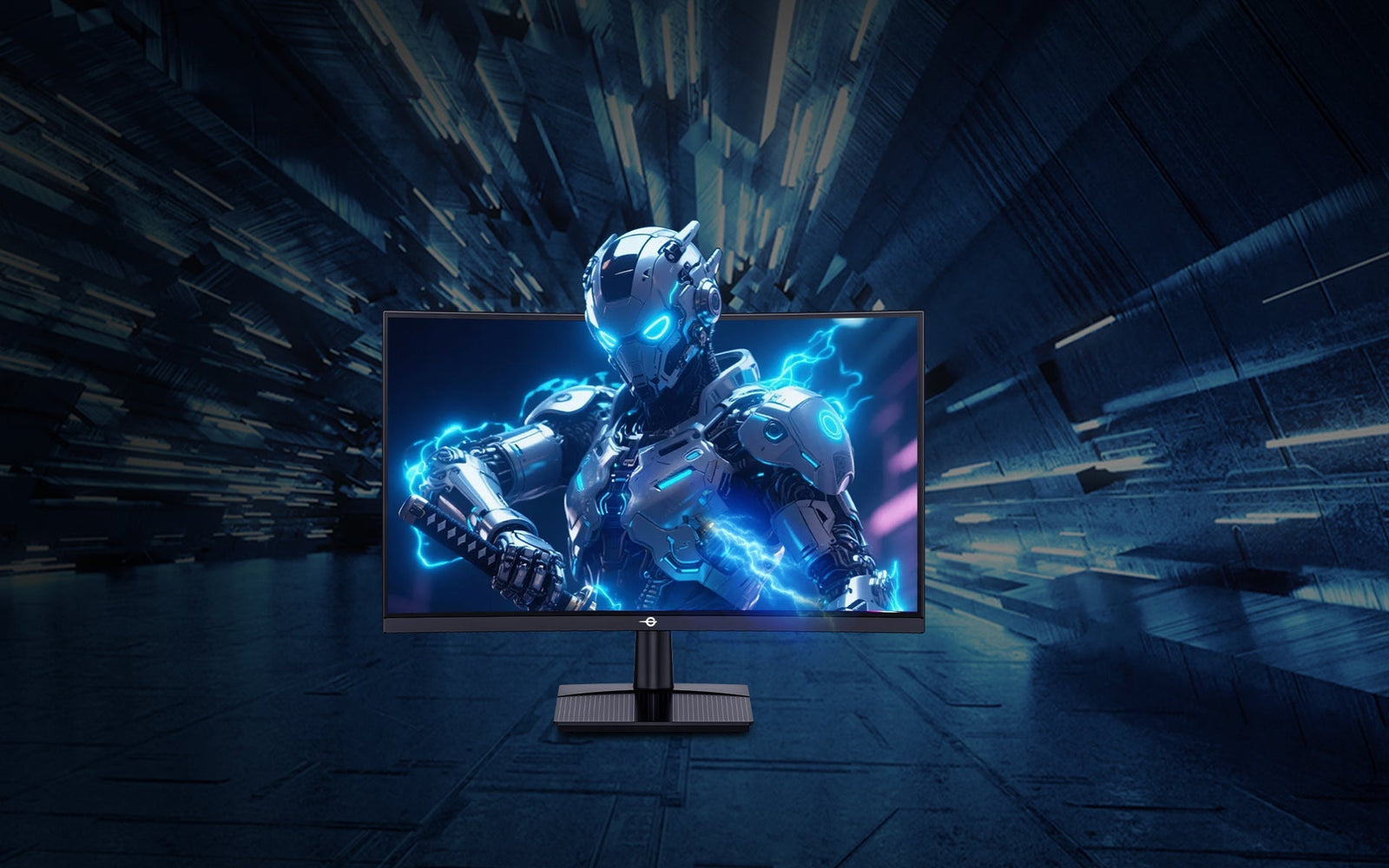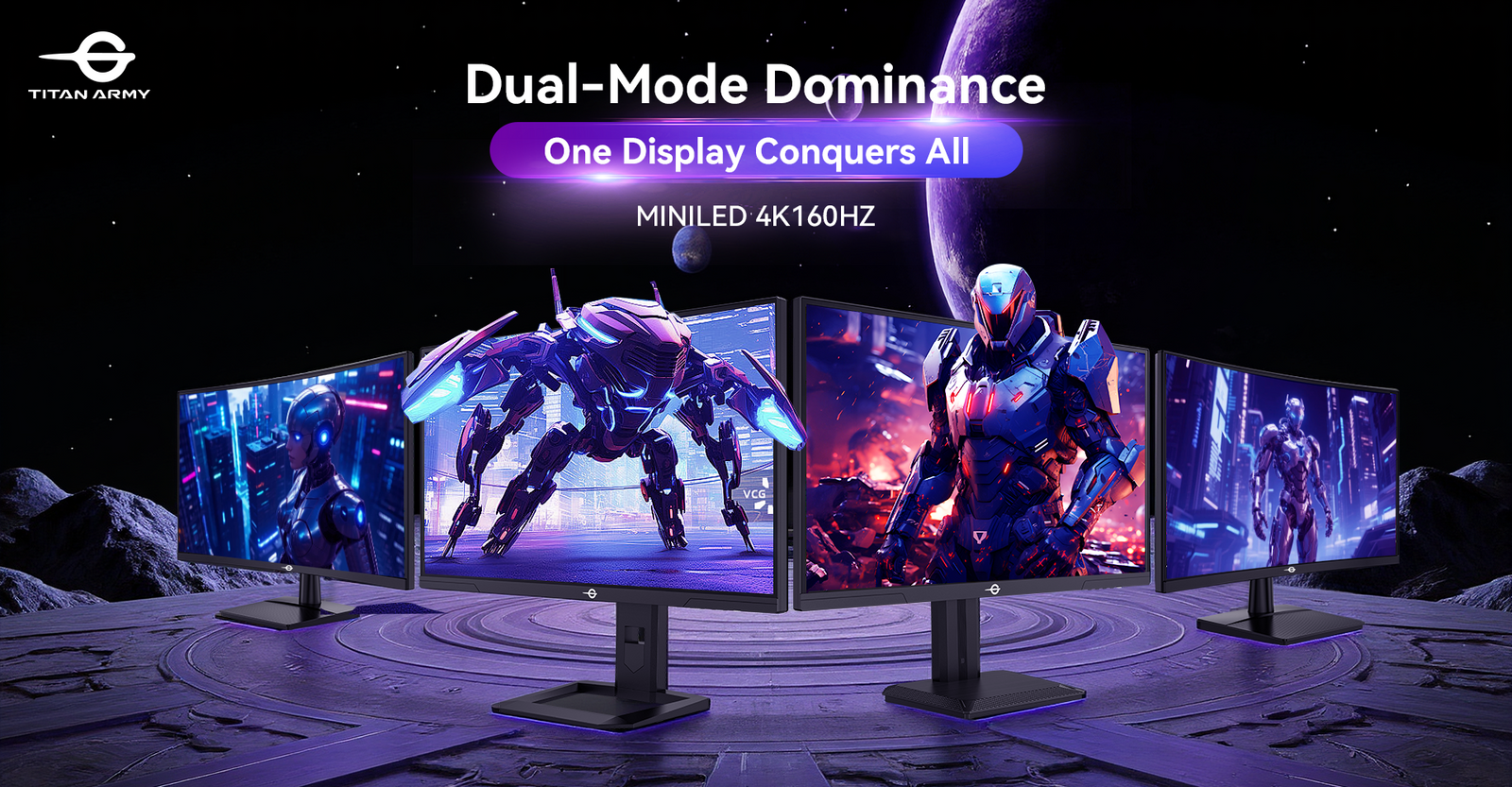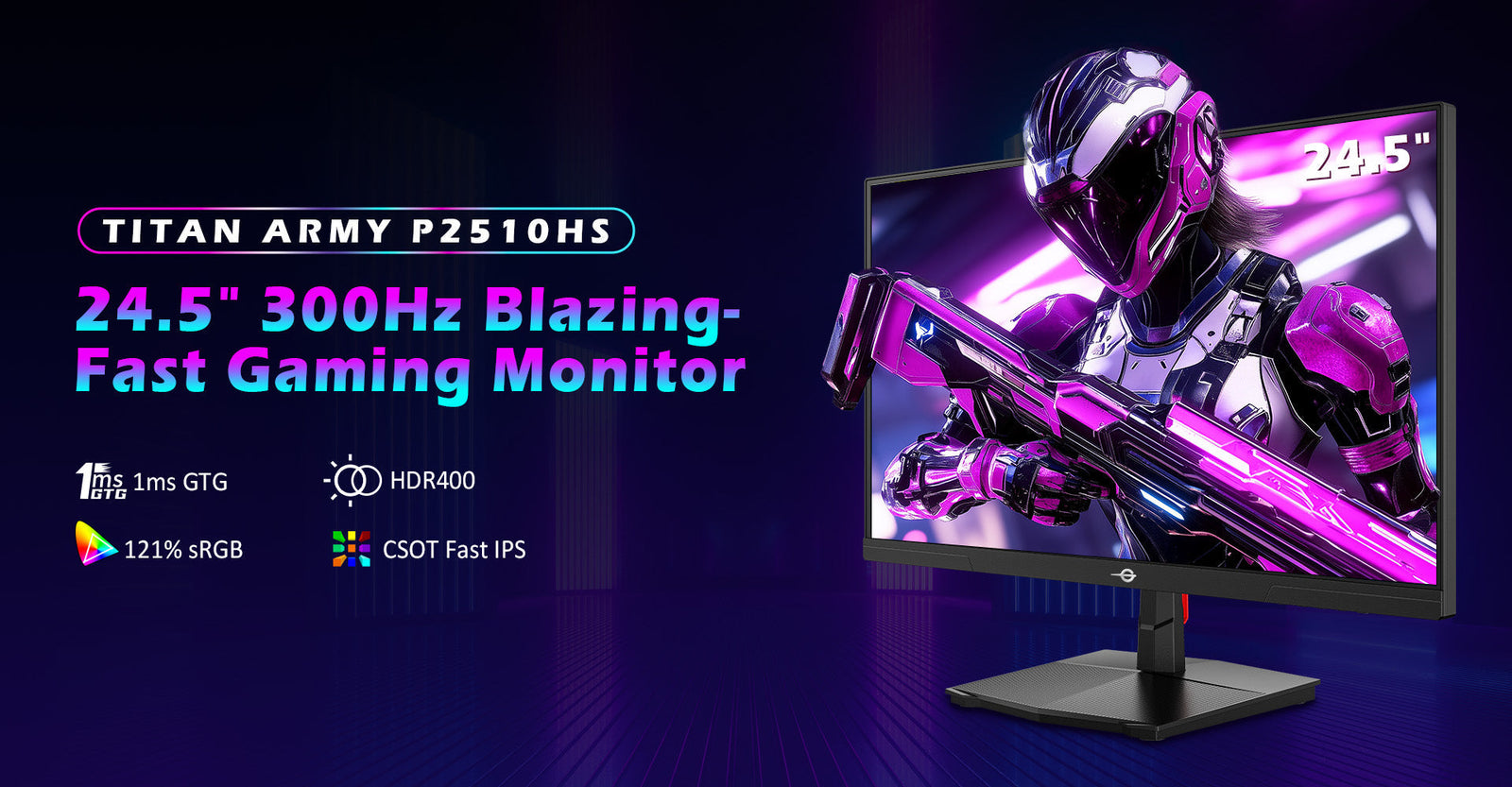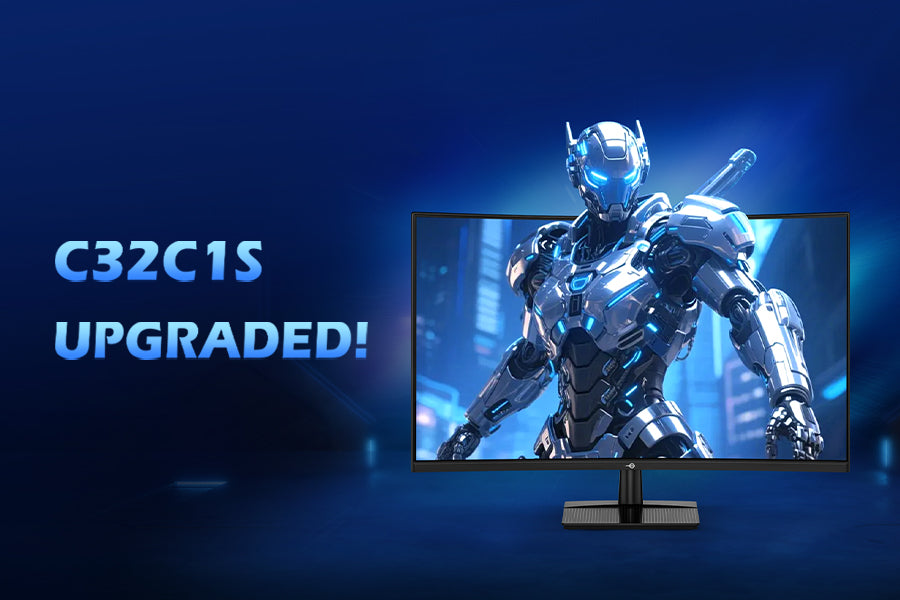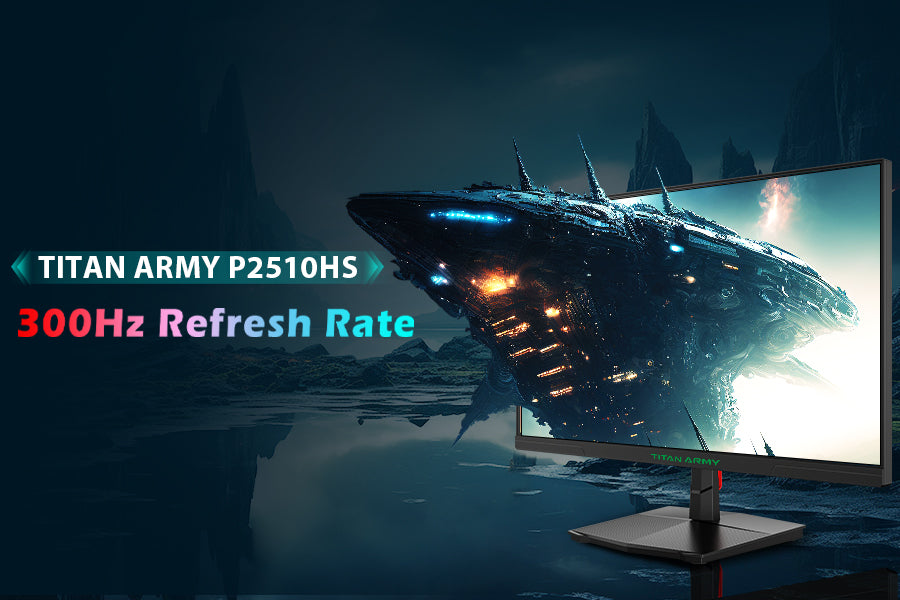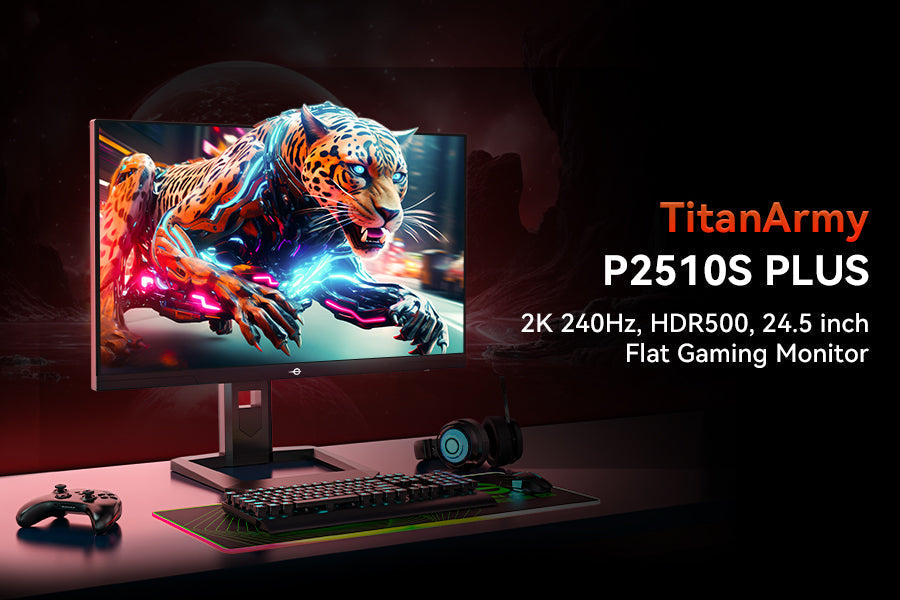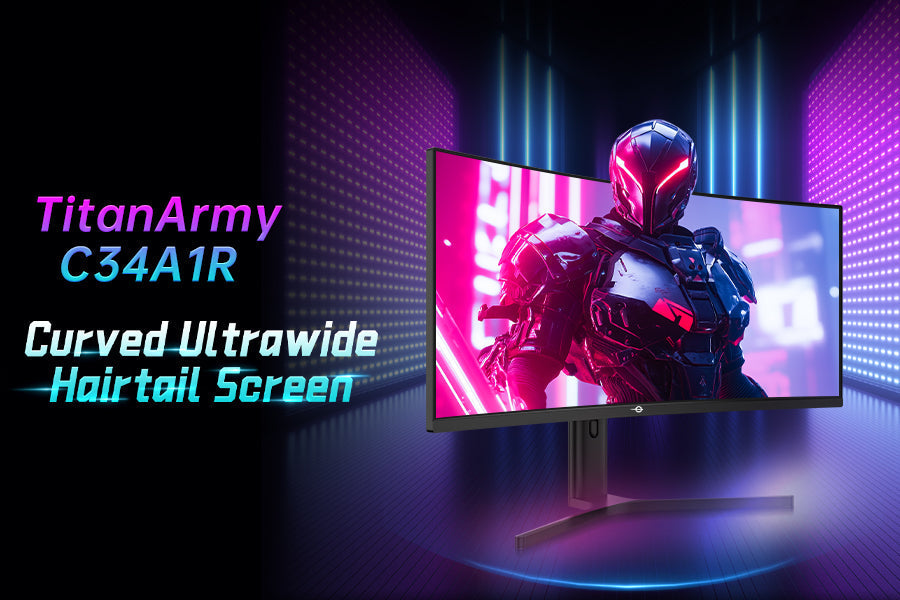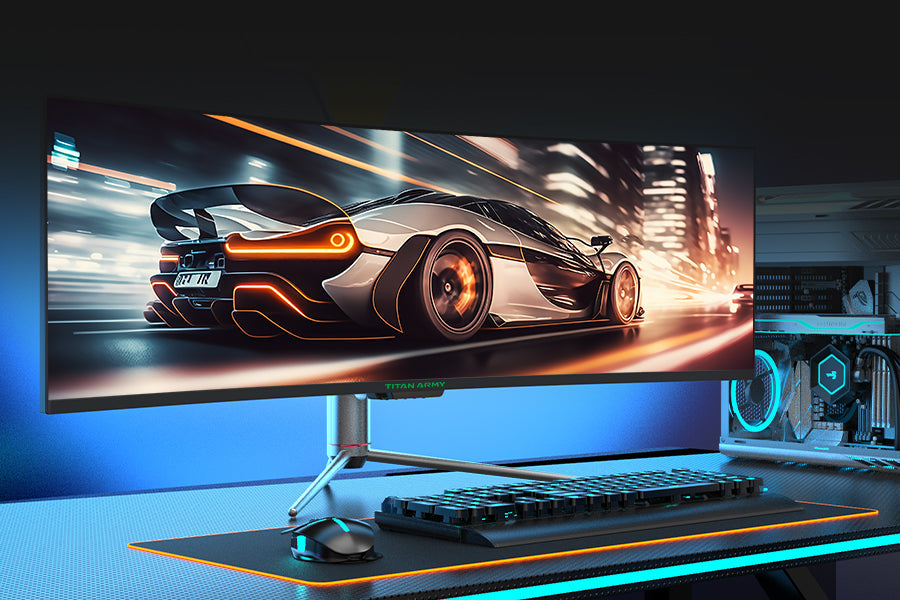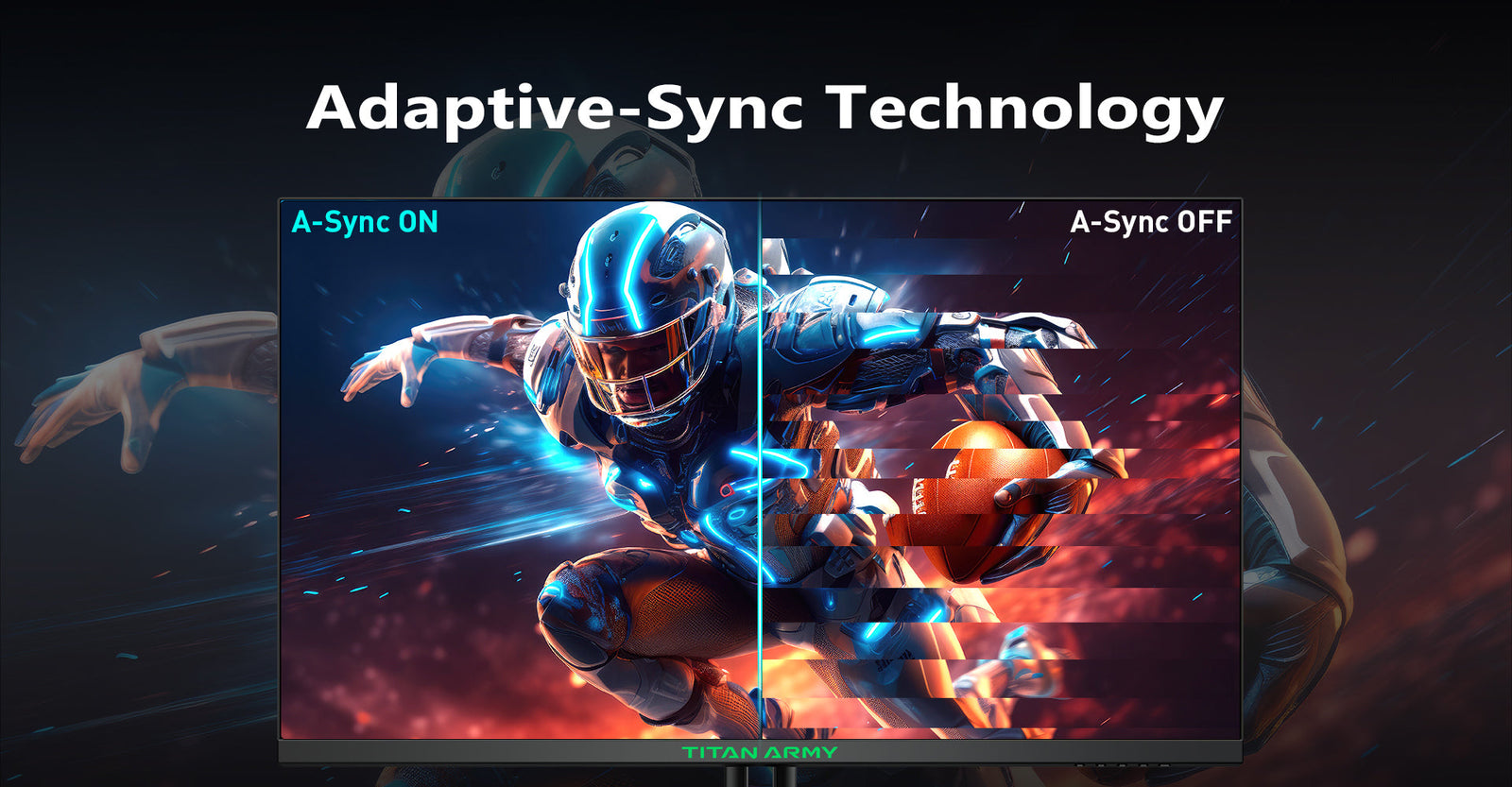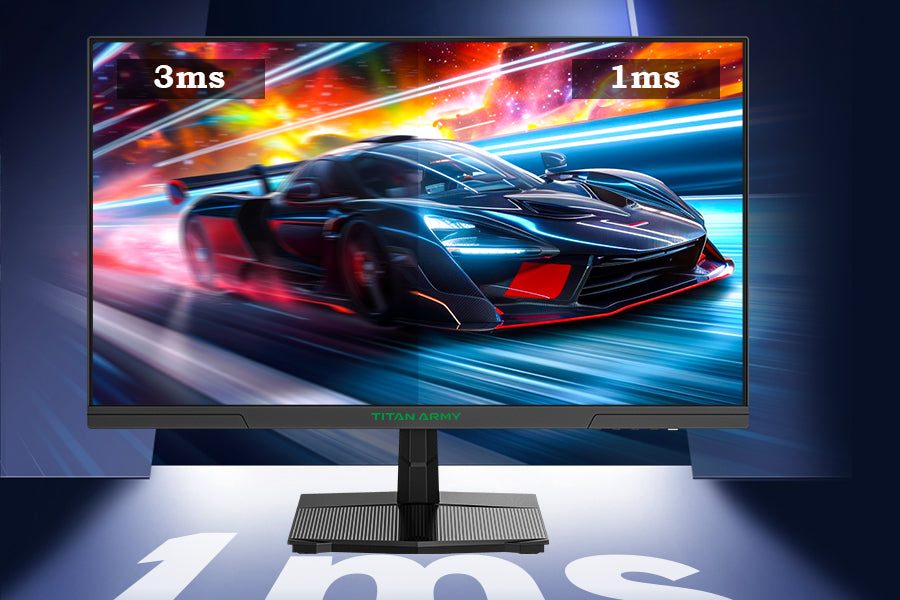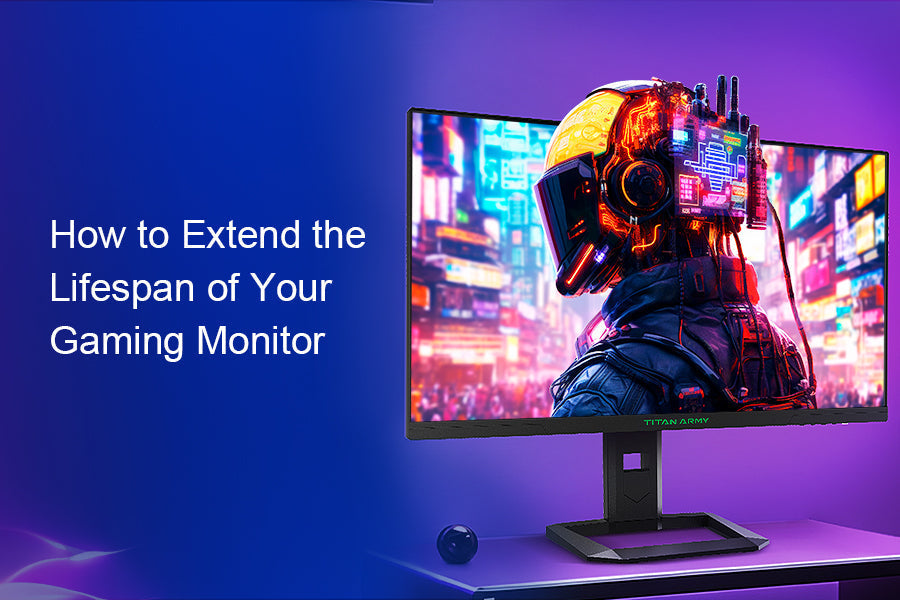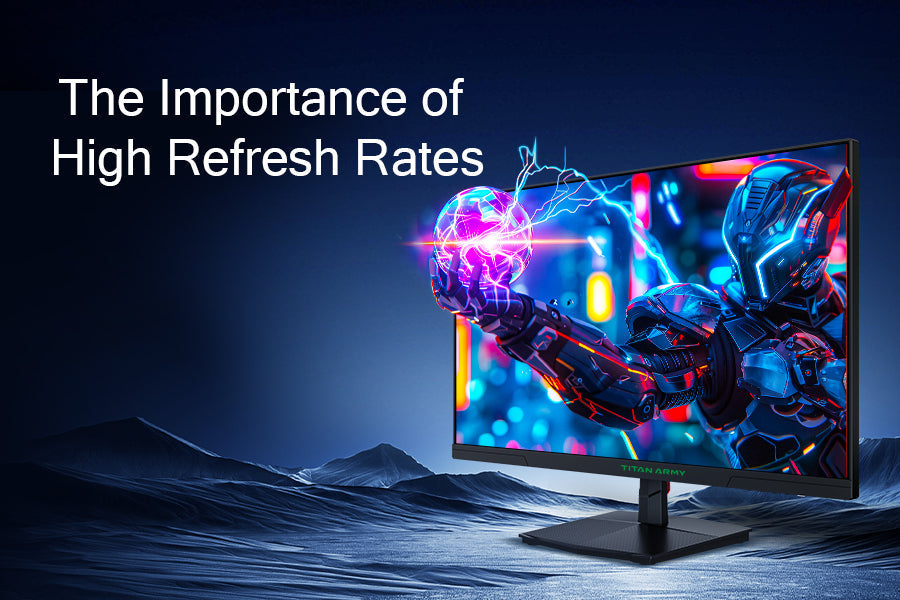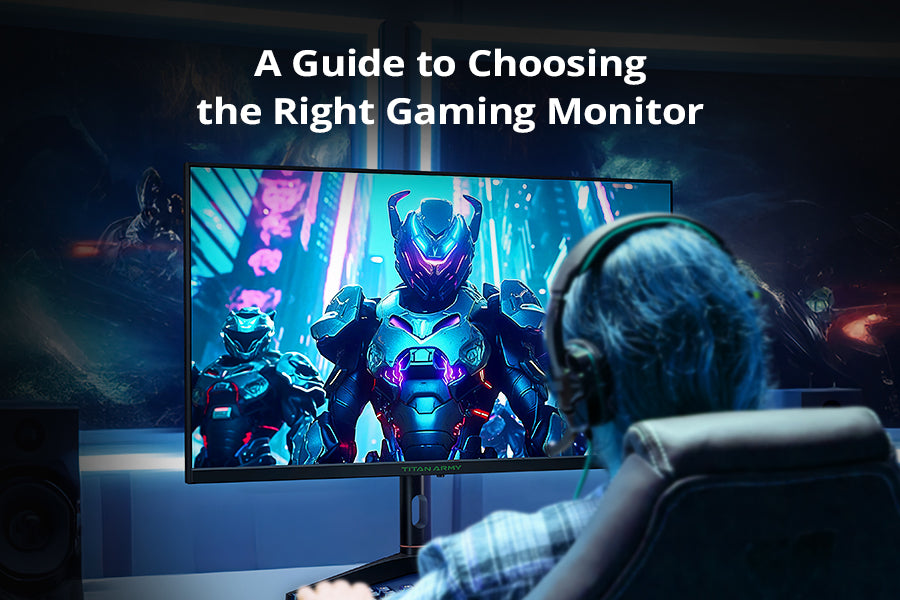In today's digital age, gaming has become more popular than ever before. With the rise of competitive gaming and online multiplayer experiences, having the right equipment is essential to staying ahead of the competition. One key component that can significantly impact your gaming experience is the type of screen you use. In this article, we delve into the stark disparities between regular monitors and gaming monitors, illuminating why the latter stands as the ultimate choice for discerning gamers.

Understanding Regular Monitors
Regular monitors, ubiquitous in households and offices alike, serve as the default display option for most users. These screens, typically found in laptops, monitors, and TVs, boast decent visual fidelity for everyday tasks. However, when it comes to gaming, their limitations become glaringly apparent. From lackluster refresh rates to bothersome input lag, regular monitors fall short in delivering the responsiveness and fluidity demanded by modern gaming enthusiasts. The trifecta of input lag, refresh rate, and color accuracy often plagues gaming experiences, leaving players yearning for more.
Exploring Gaming Monitors
Gaming monitors are specialized displays designed to enhance the gaming experience for players. These monitors typically have high refresh rates, low input lag, and adaptive sync technology, which work together to provide smooth, responsive gameplay. The high refresh rates ensure that fast-moving images are displayed smoothly, while low input lag minimizes the delay between pressing a button and seeing the action on screen. Adaptive sync technology, such as AMD FreeSync or NVIDIA G-Sync, helps to eliminate screen tearing and stuttering for a more seamless gaming experience. With every frame rendered seamlessly and every motion translated instantaneously, gaming monitors transform virtual worlds into tangible realities. Overall, gaming monitors offer improved visual clarity and responsiveness, ensuring that gamers remain at the top of their game.
Key Differences Between Regular Monitors and Gaming Monitors
To better illustrate the disparities between regular monitors and gaming monitors, let's delve into a detailed comparison:
|
Feature |
Regular Monitors |
Gaming Monitors |
|
Refresh Rate |
Typically 60Hz |
Higher refresh rates (e.g., 144Hz, 240Hz) |
|
Response Time |
Moderate to high response times |
Lower response times, often measured in milliseconds (ms) |
|
Color Accuracy |
Varied, with moderate accuracy |
Enhanced color accuracy, ensuring vibrant and precise hues |
|
Input Lag |
May experience noticeable lag |
Reduced input lag for immediate responsiveness |
|
Adaptive Sync |
Not typically equipped |
Adaptive sync technologies like AMD FreeSync or NVIDIA G-Sync for tear-free gaming |
Gaming monitors excel in delivering a seamless gaming experience with their higher refresh rates, minimal input lag, and superior color accuracy compared to regular monitors. For instance, consider a gaming monitor boasting a refresh rate of 144Hz or 240Hz, which translates to smoother motion and reduced motion blur during fast-paced gameplay. In contrast, regular monitors with their standard 60Hz refresh rate may struggle to keep up, resulting in a less fluid gaming experience.
Furthermore, the lower response times of gaming monitors ensure that actions are displayed on-screen almost instantaneously, reducing ghosting and motion blur. This near-instantaneous response is crucial in competitive gaming scenarios where split-second decisions can make all the difference.
Additionally, gaming monitors equipped with adaptive sync technologies like AMD FreeSync or NVIDIA G-Sync eliminate screen tearing and stuttering, ensuring a consistently smooth visual experience.
Why You Should Consider Investing in a Gaming Monitor?
Case studies corroborate the advantages of gaming monitors, demonstrating that gamers utilizing these displays gain a competitive edge due to their enhanced performance and visual quality. Whether it's achieving higher kill counts in first-person shooters or maneuvering through intricate environments with precision in real-time strategy games, the benefits of gaming monitors are palpable, enhancing both enjoyment and performance for gaming enthusiasts.
These tangible benefits are just the tip of the iceberg. With an array of options available to cater to every budget and gaming style, there's never been a better time to take the leap. By selecting a gaming monitor tailored to your preferences, you're not just enhancing your screen; you're elevating your entire gaming experience to unprecedented heights.
In conclusion, the choice between regular monitors and gaming monitors can make a significant difference in your gaming experience. By upgrading to a gaming monitor, you can level up your gameplay and enjoy a more immersive and competitive gaming experience. Don't settle for mediocrity – invest in a gaming monitor and take your gaming experience to the next level.







